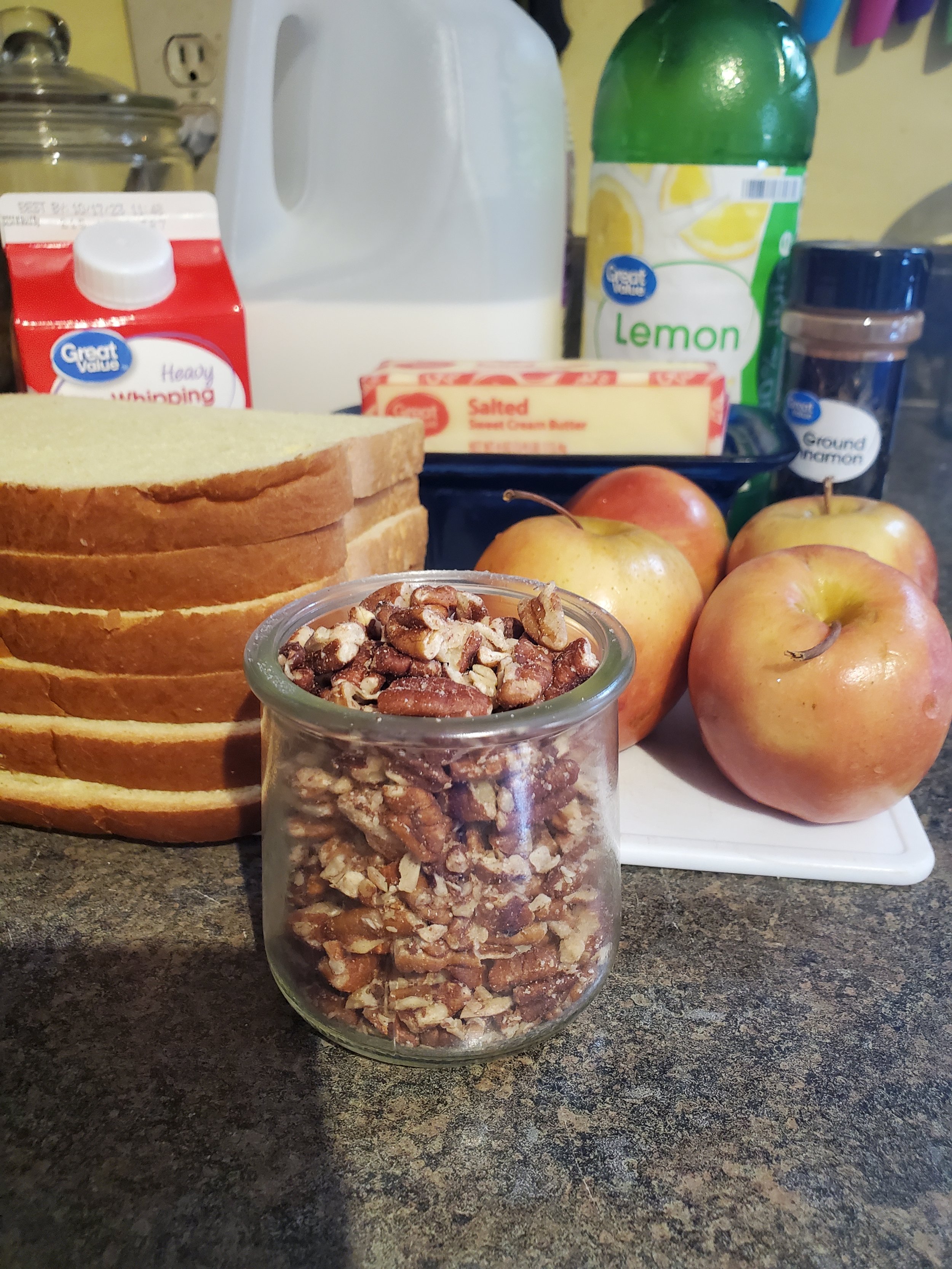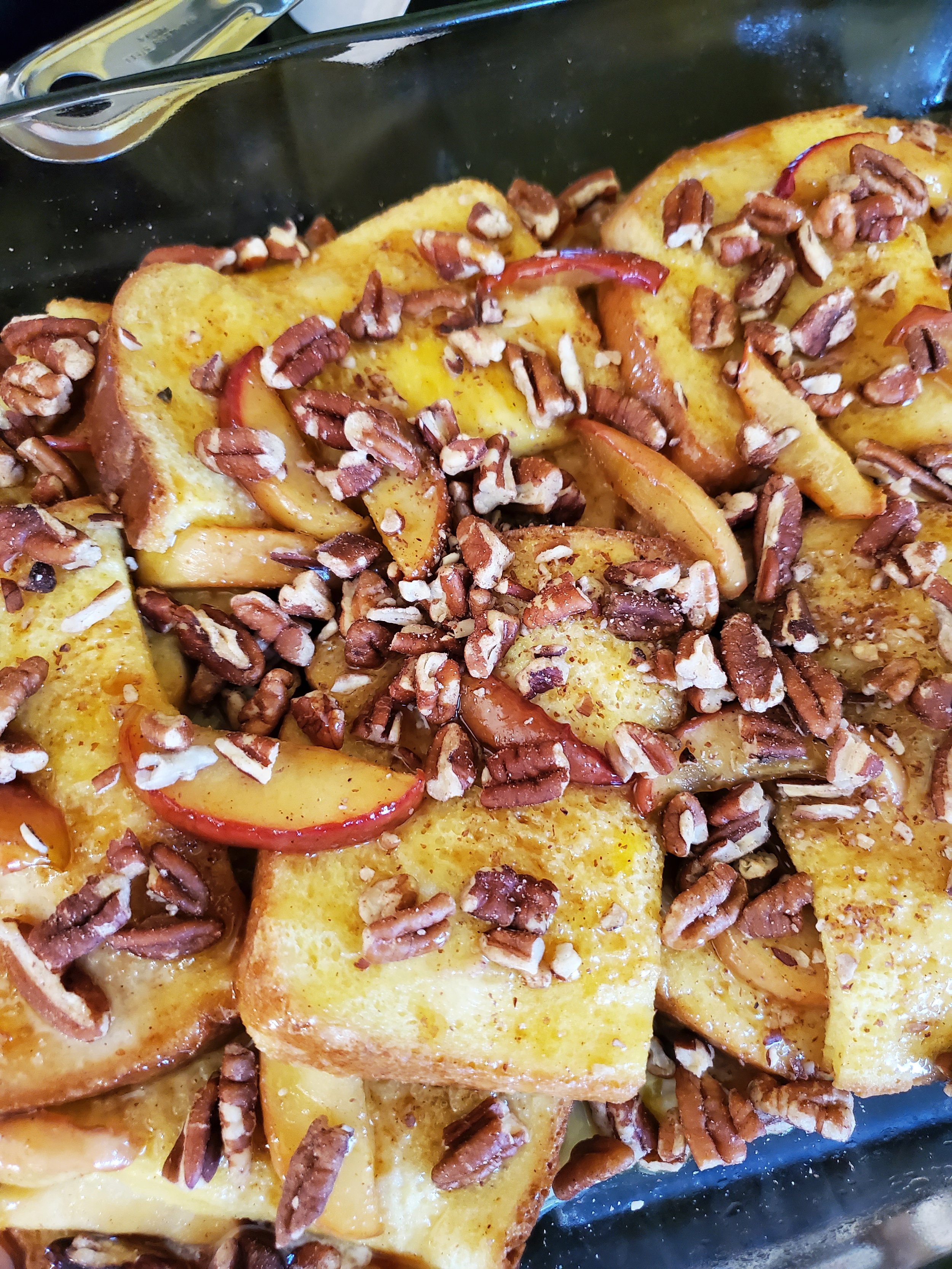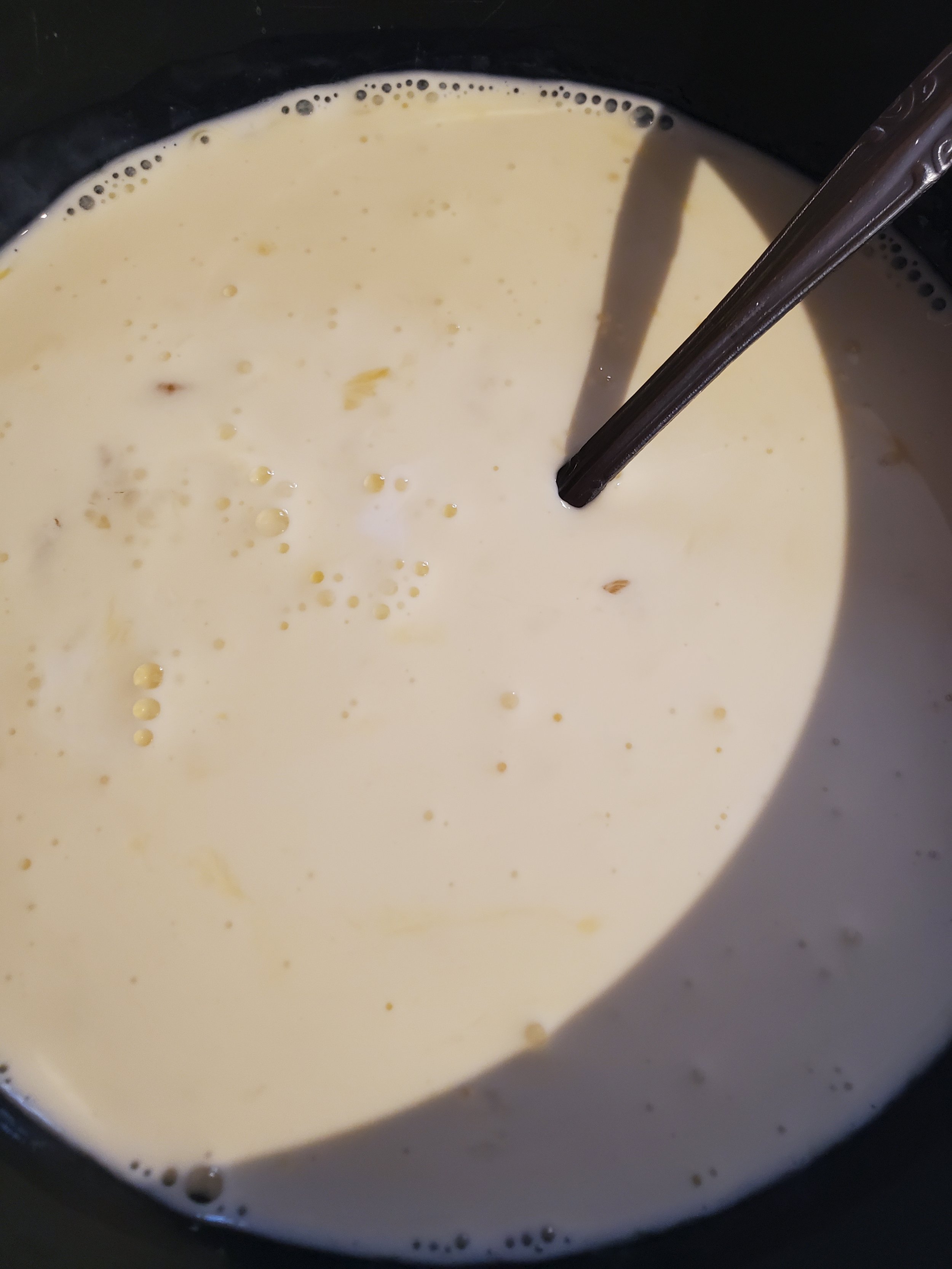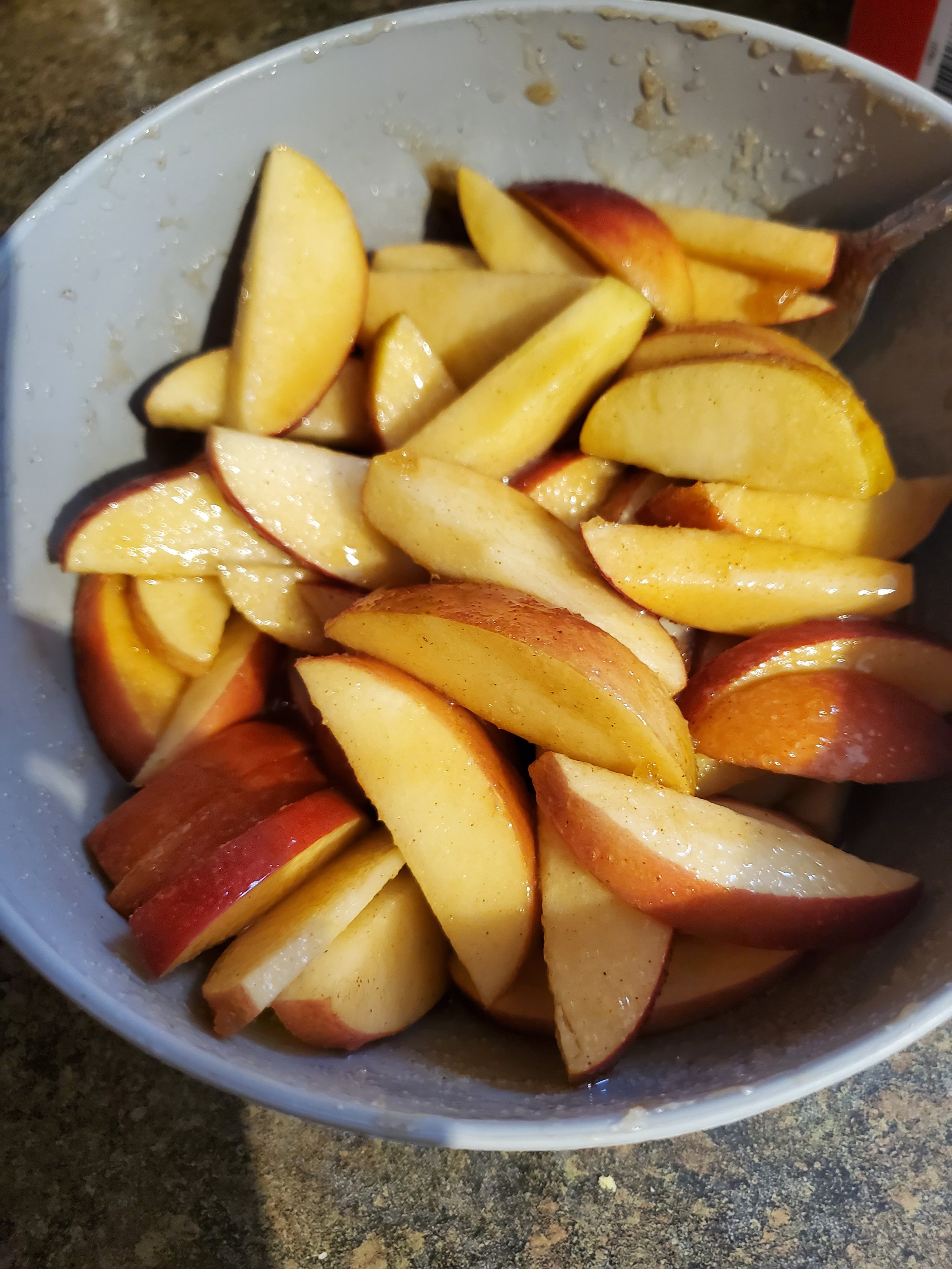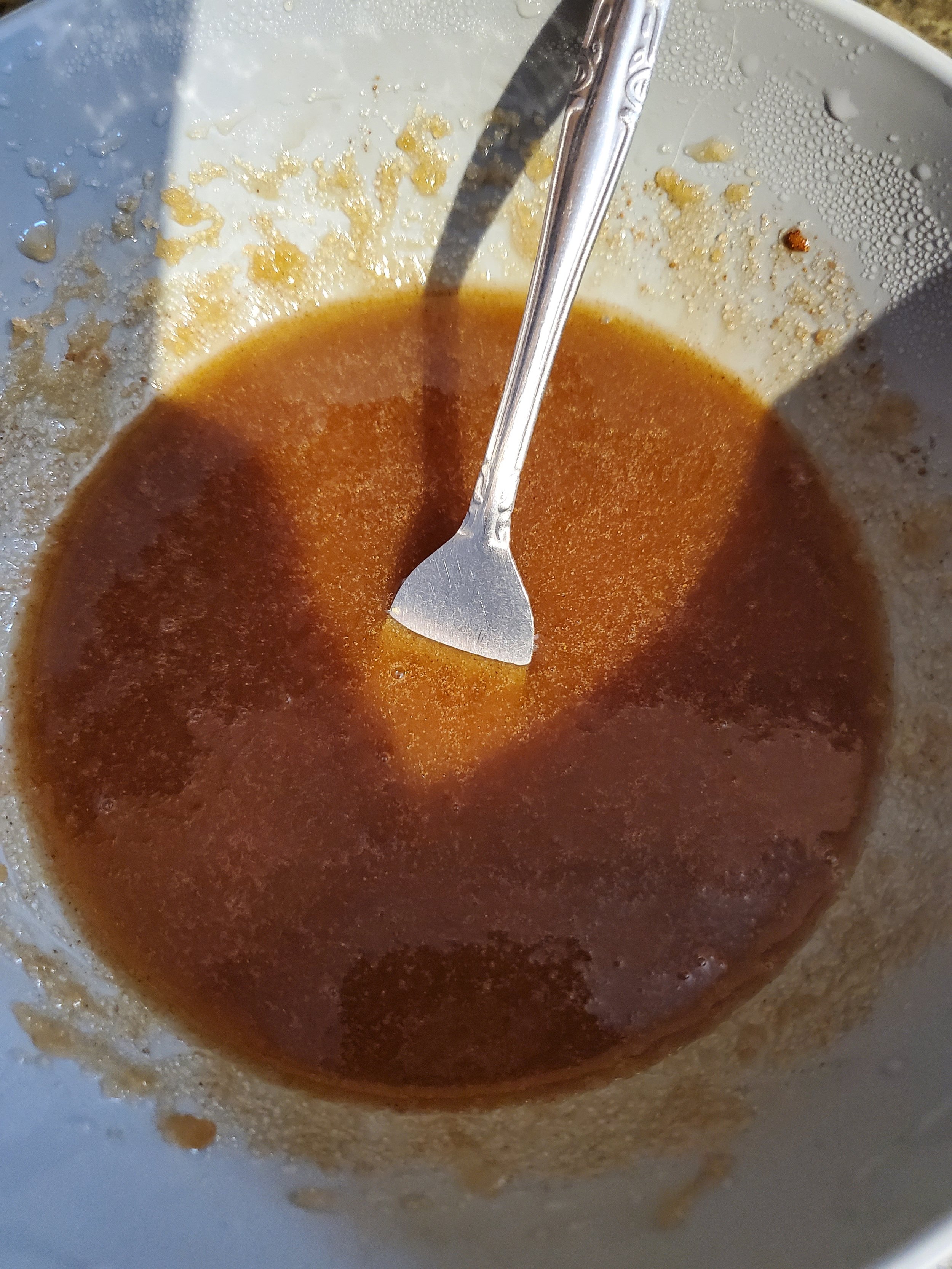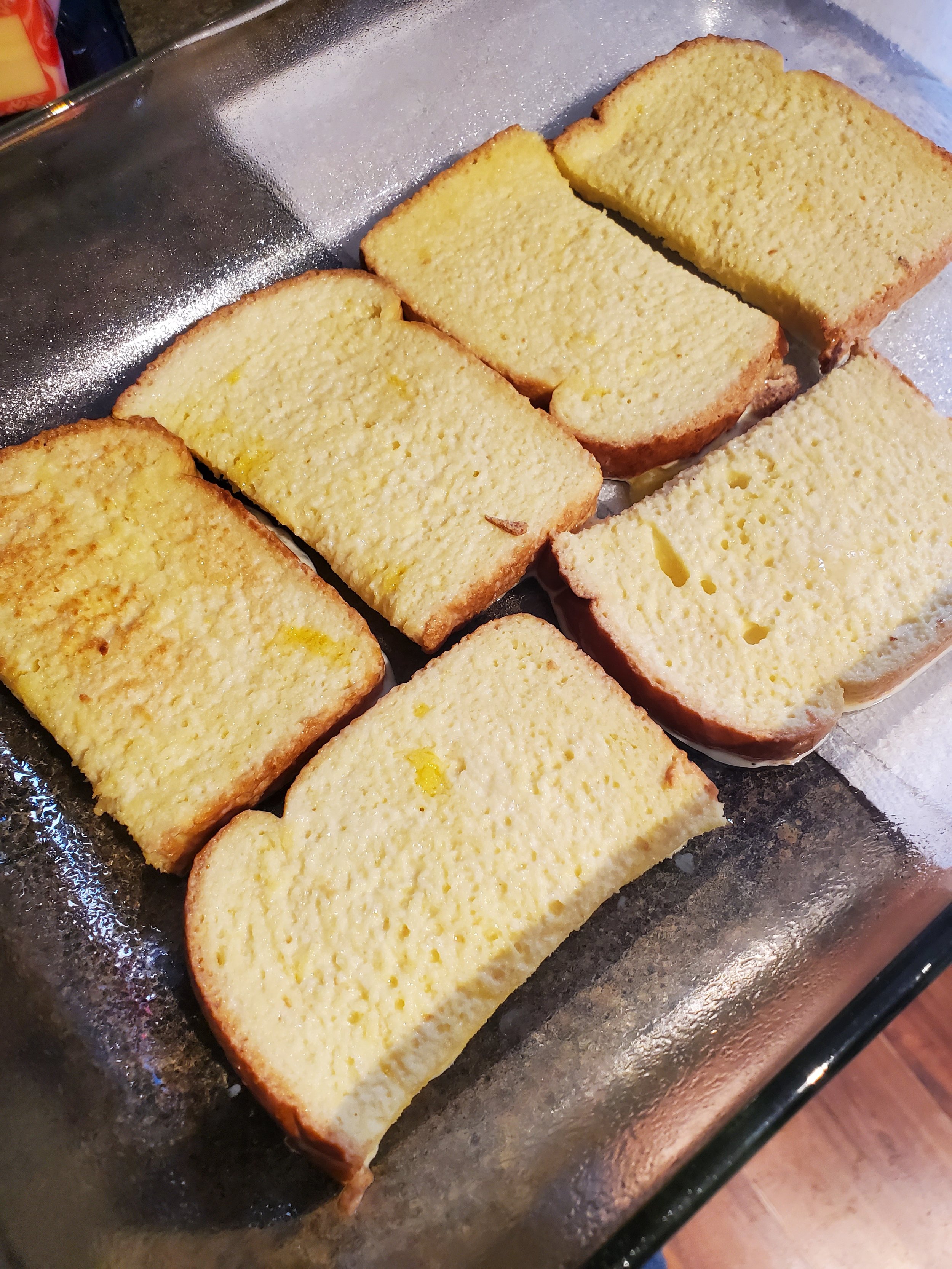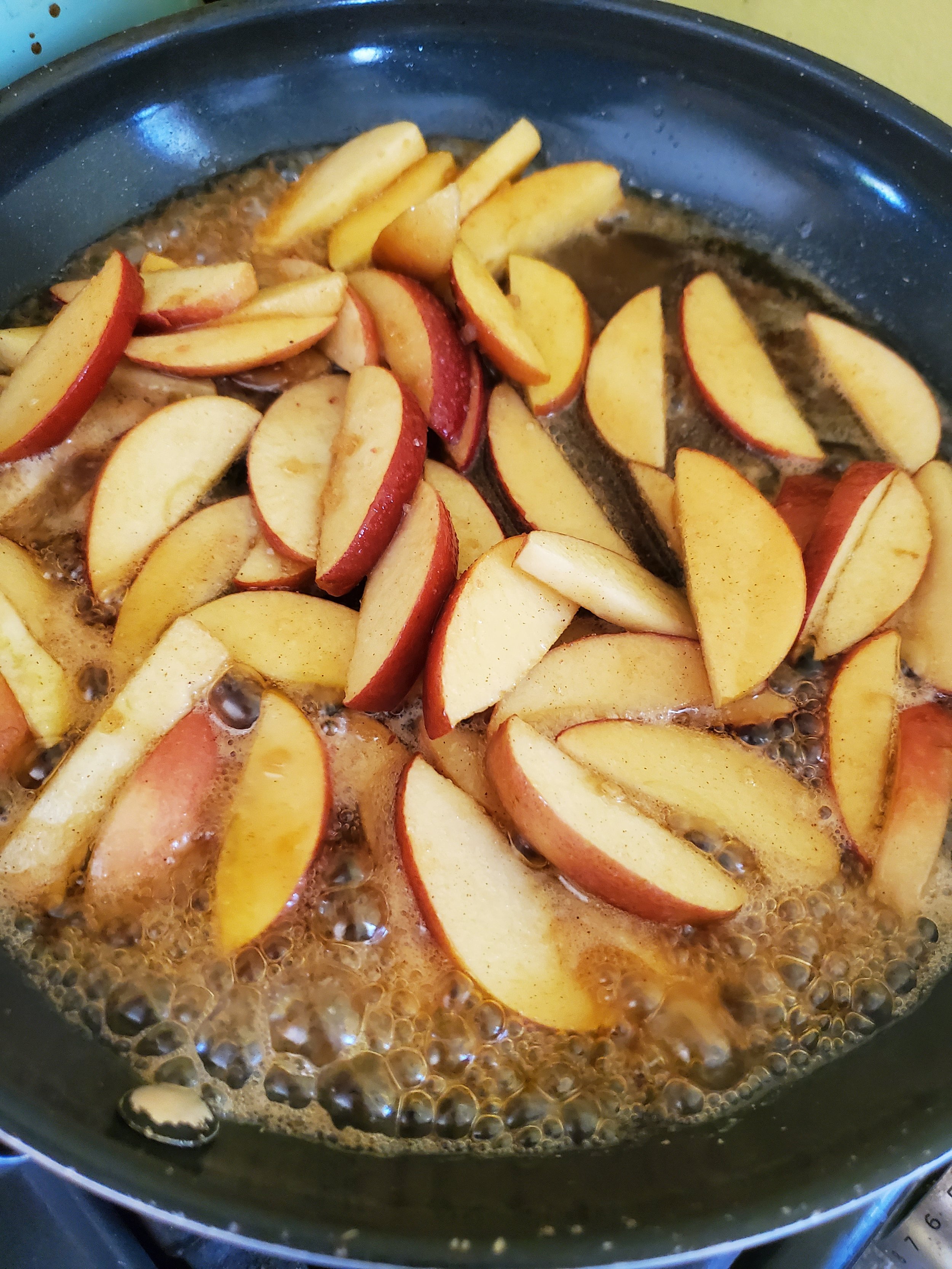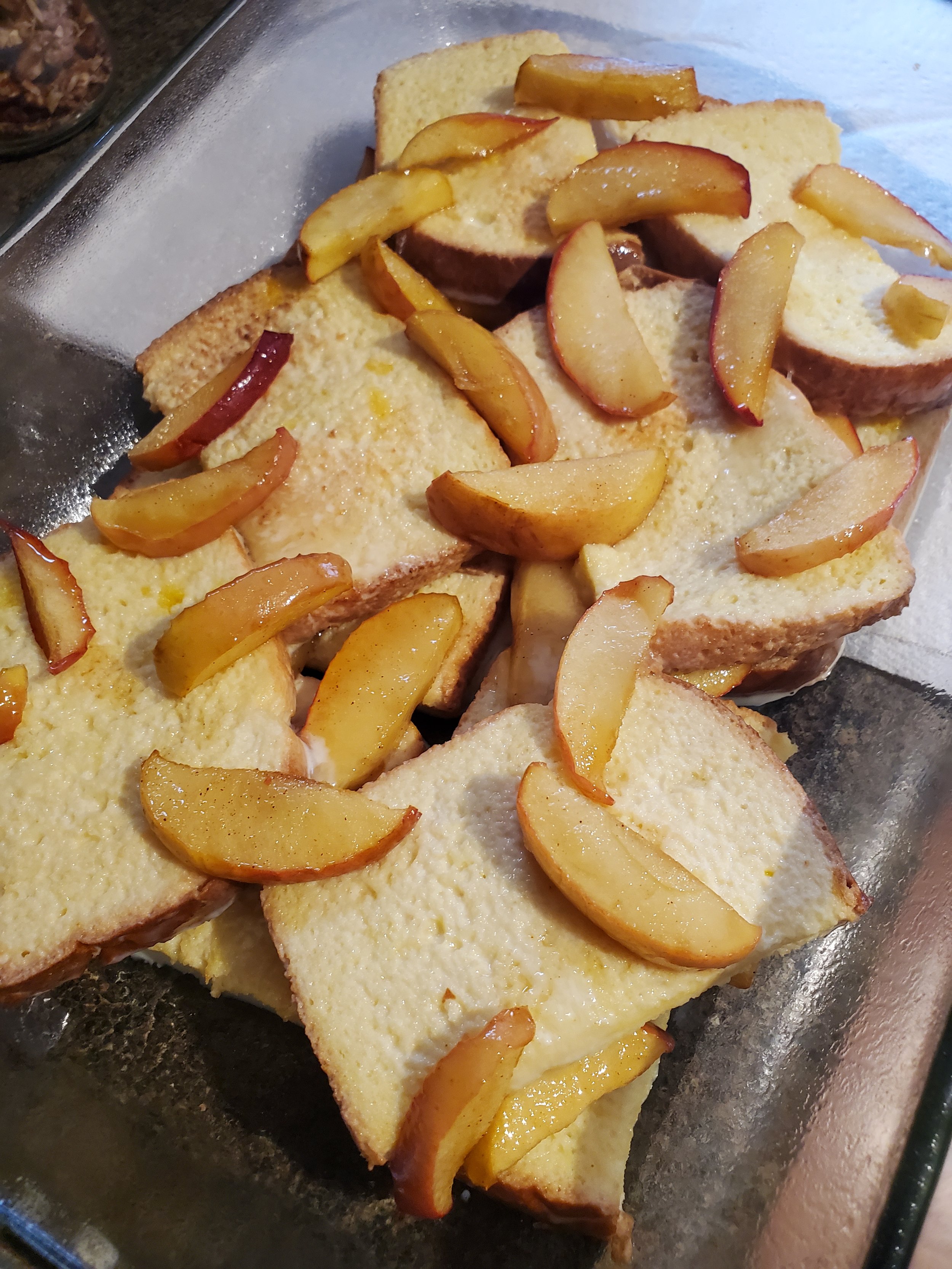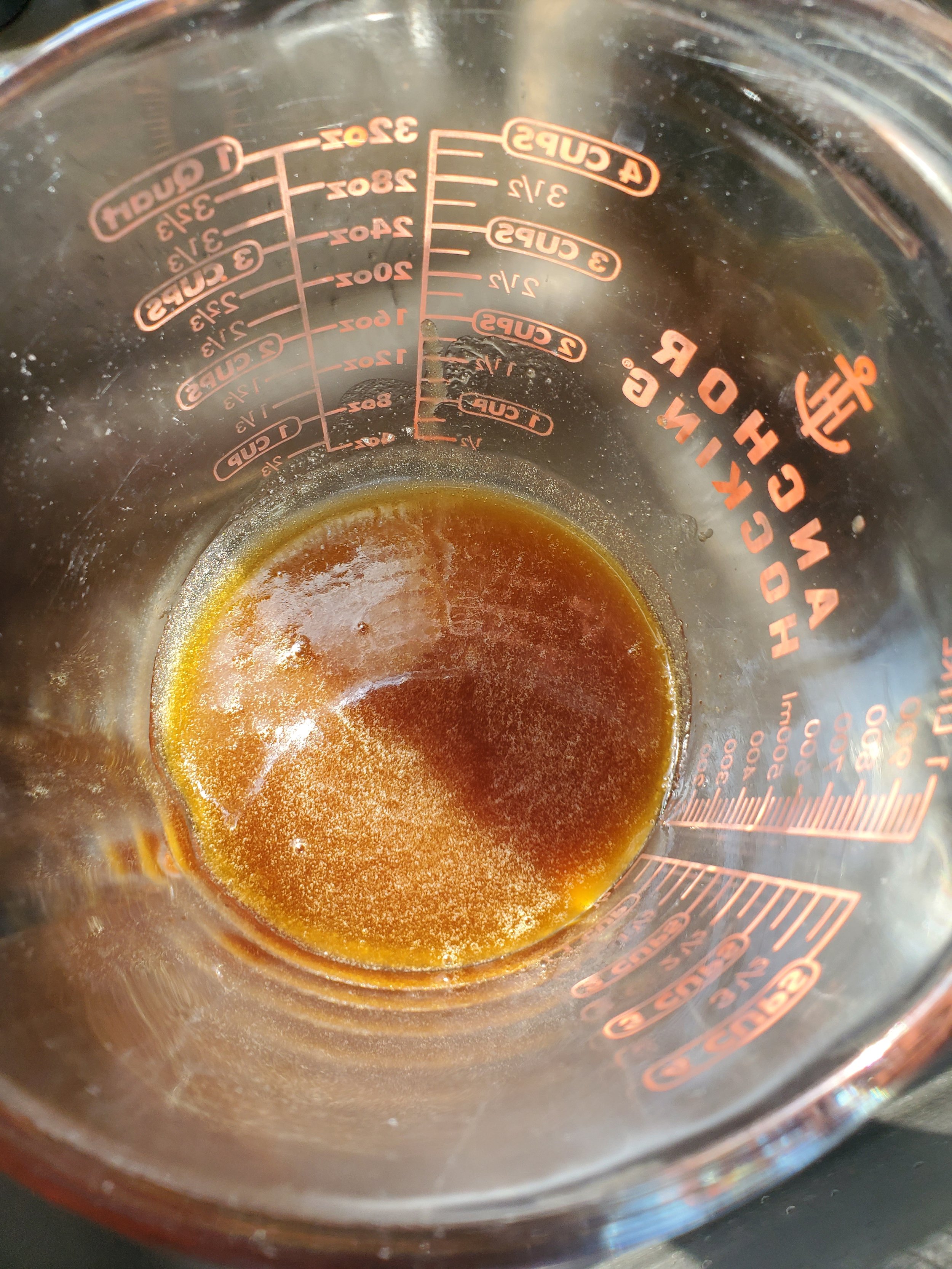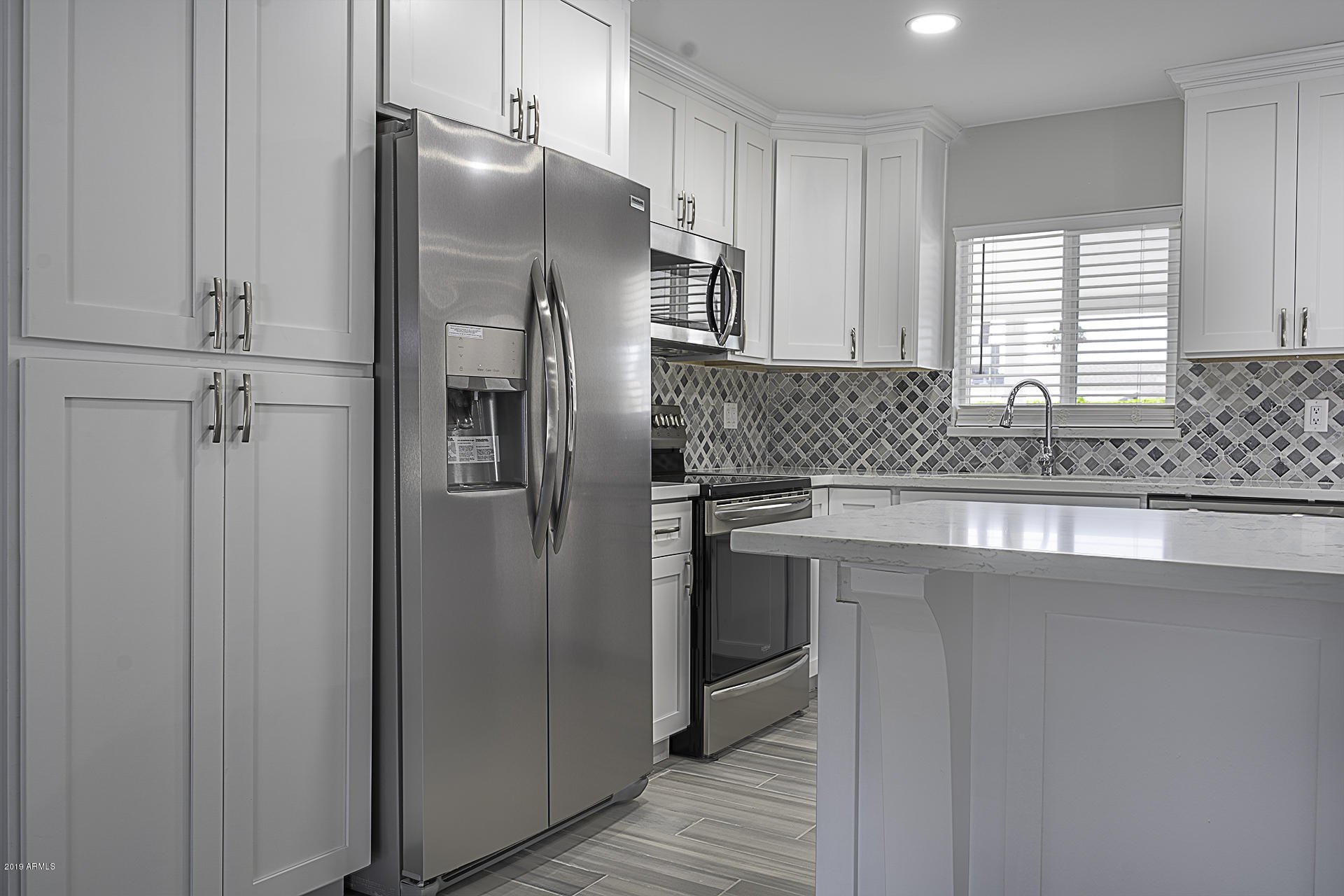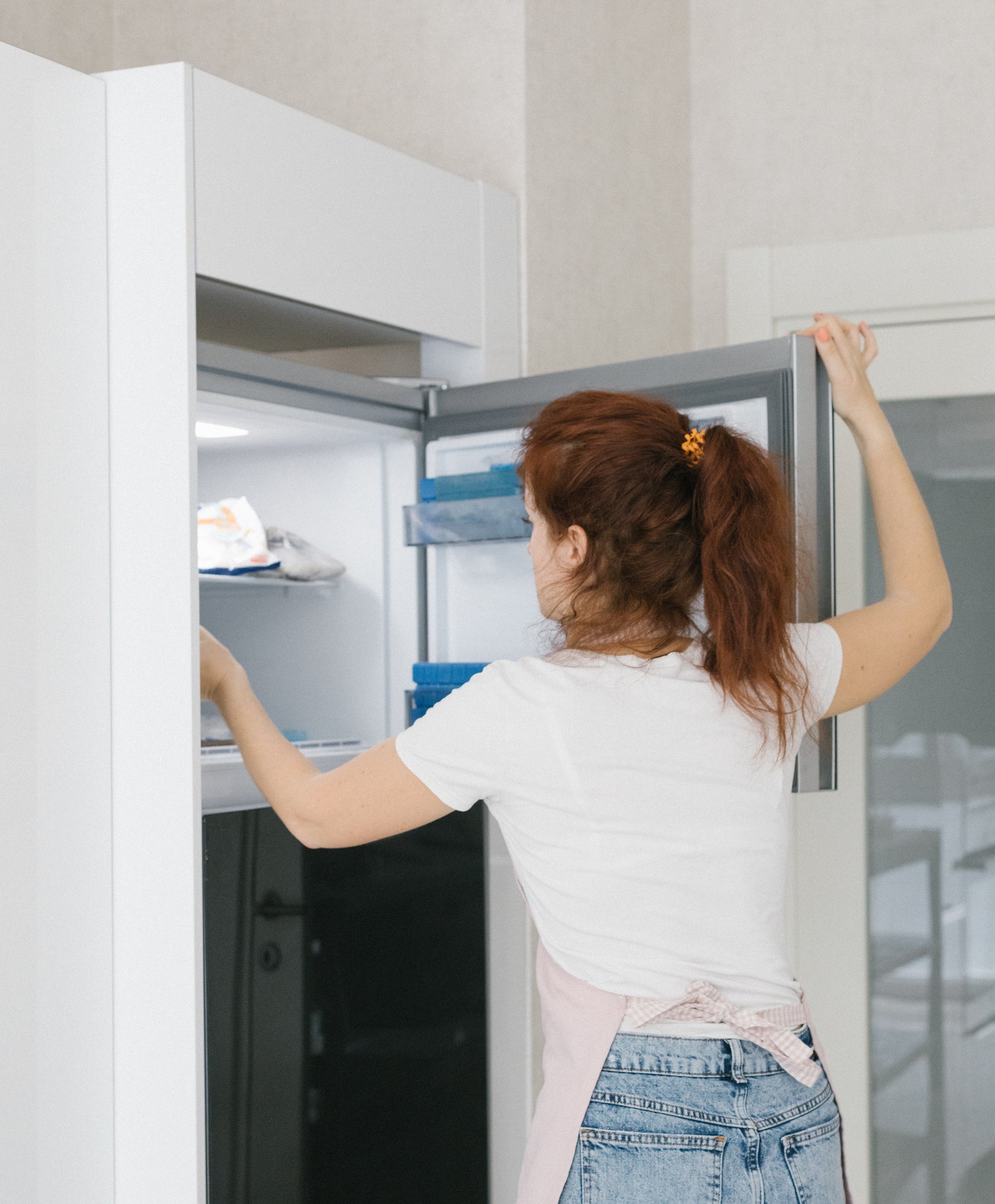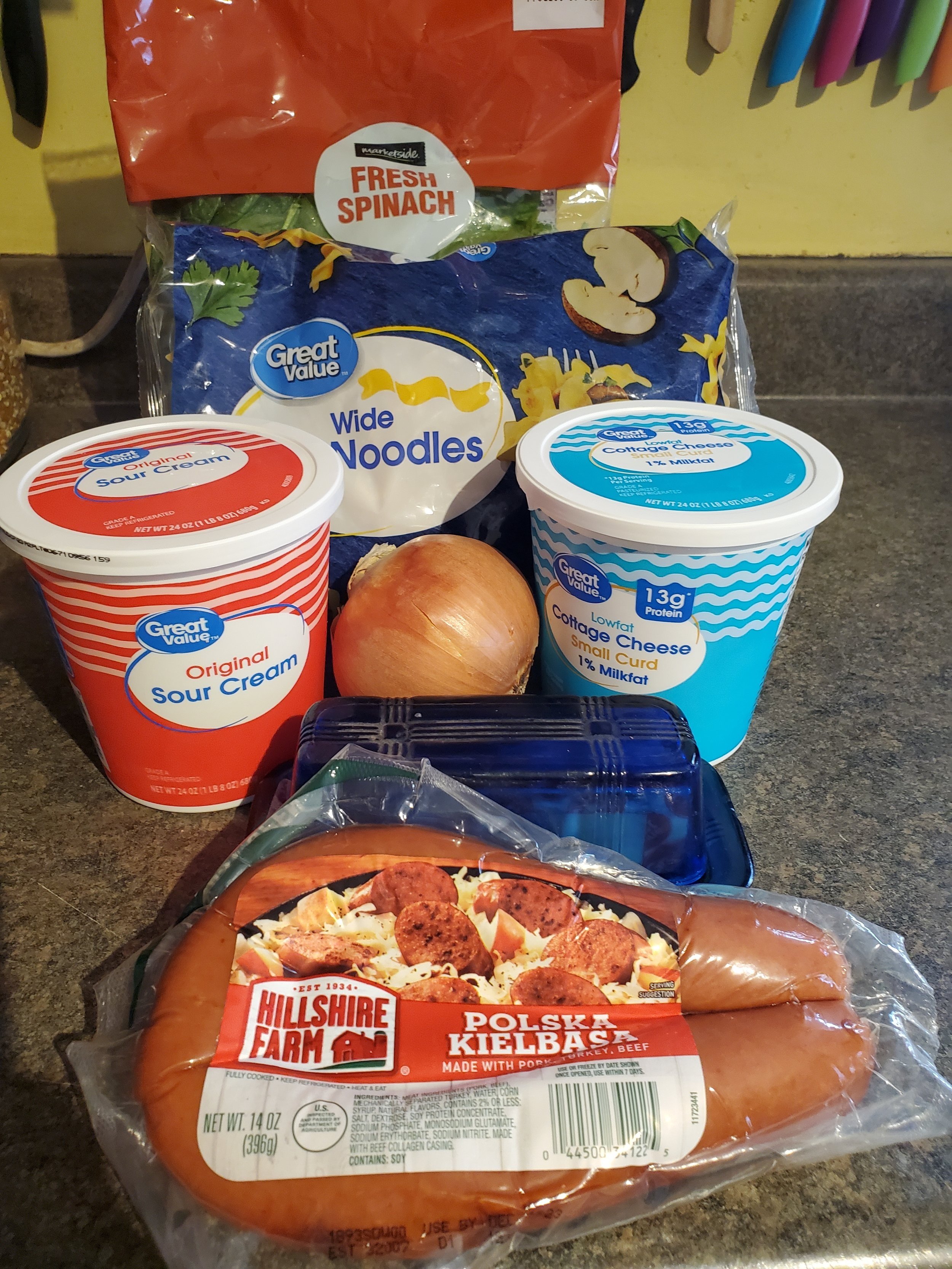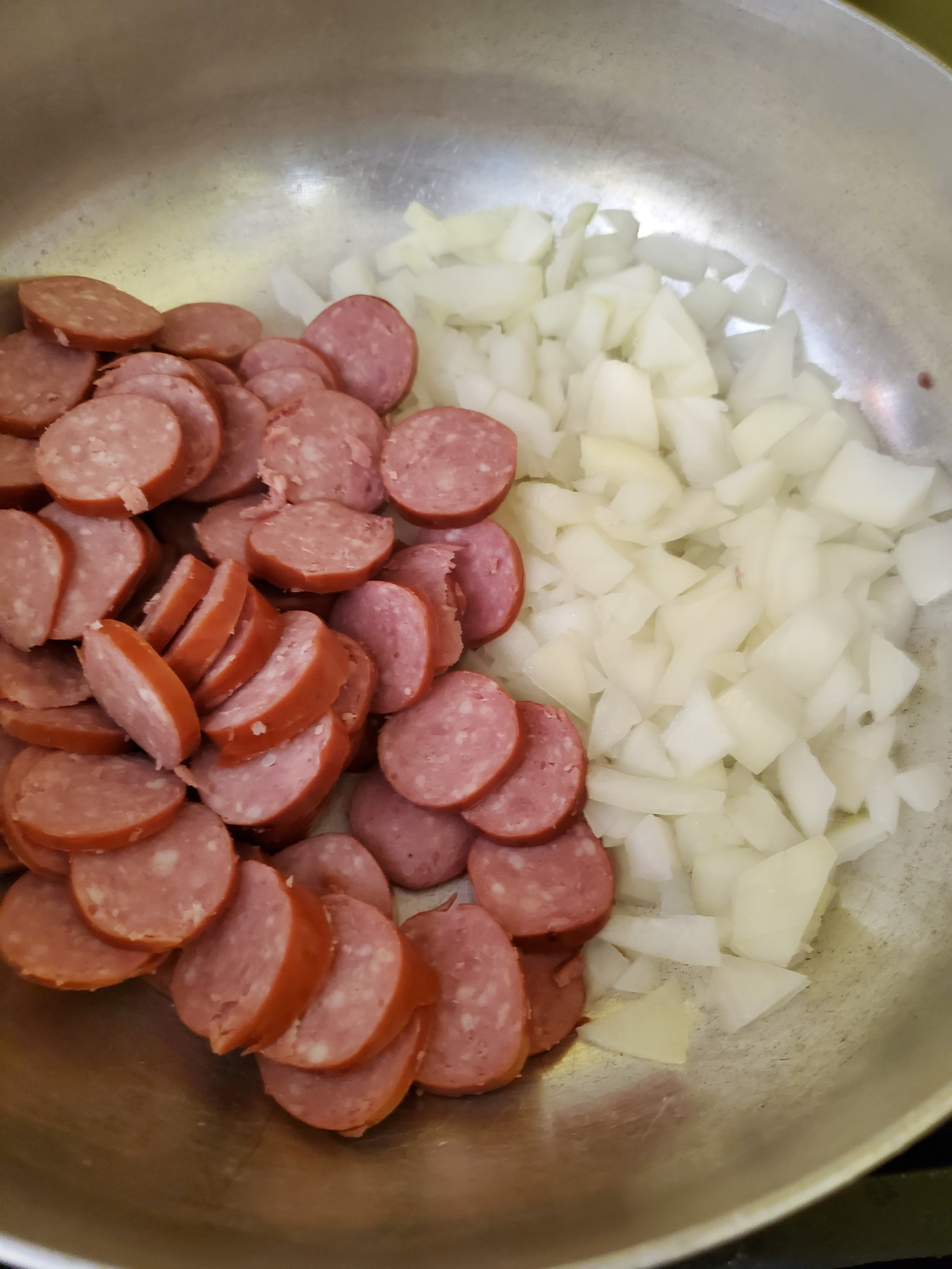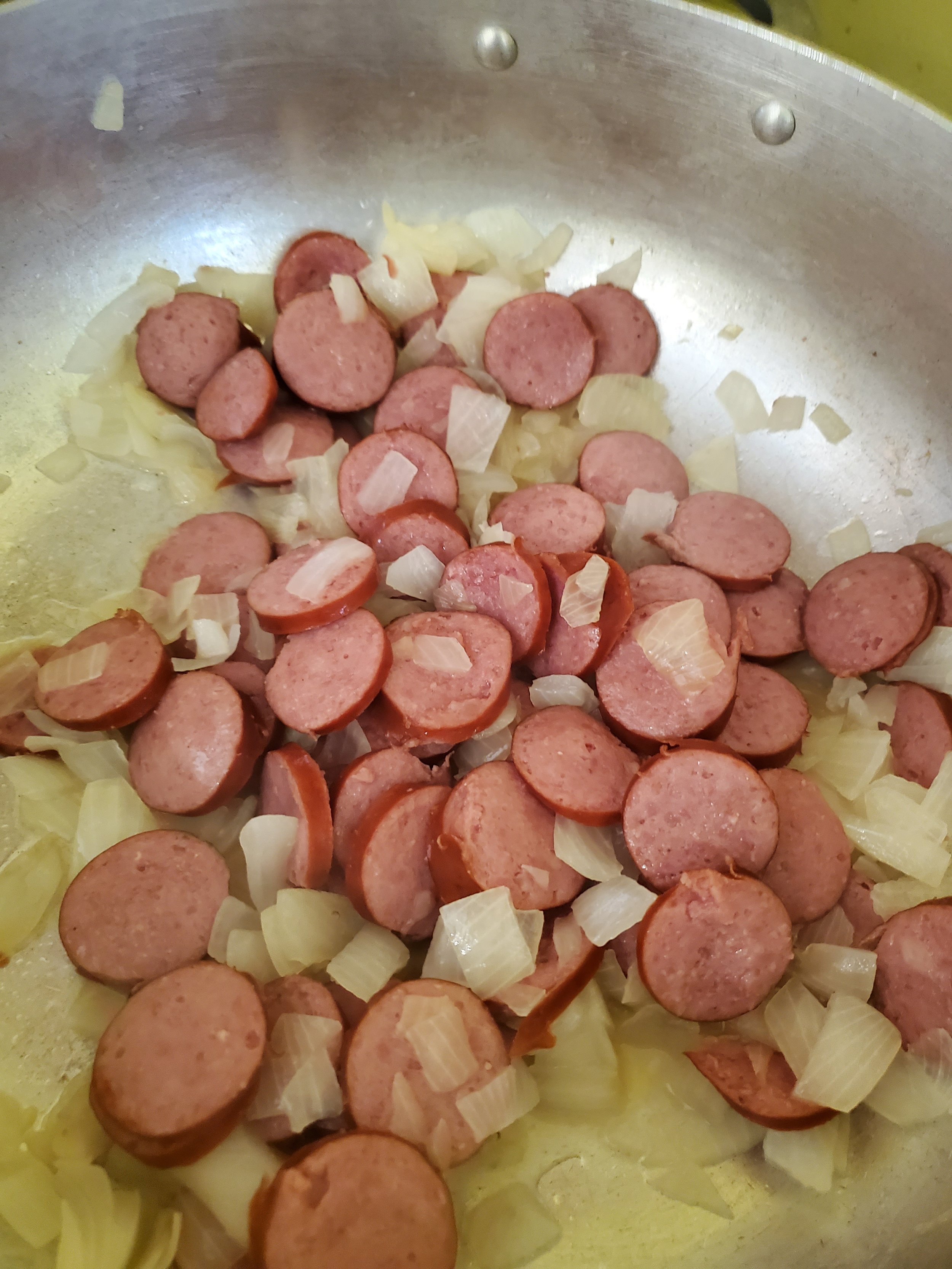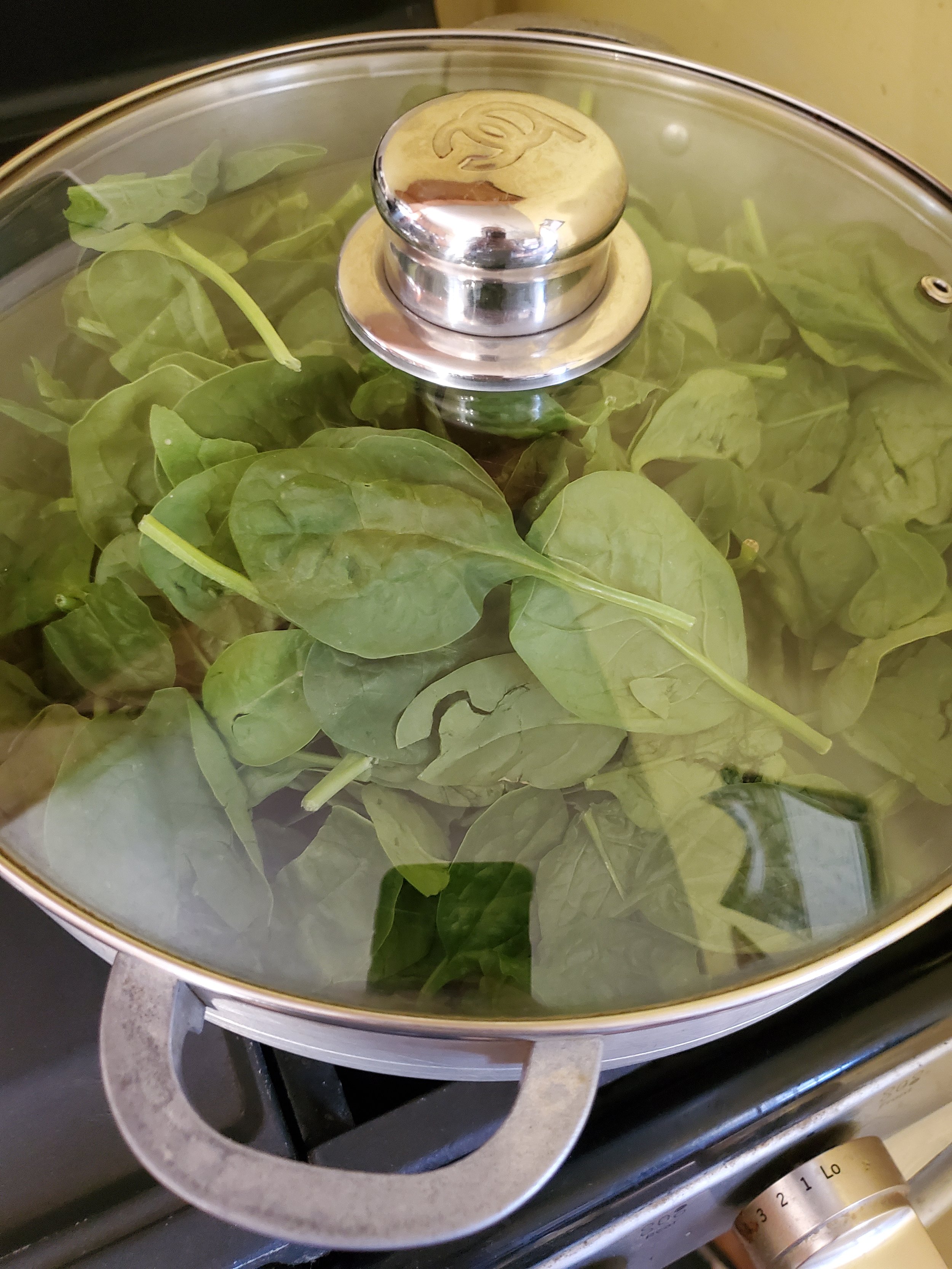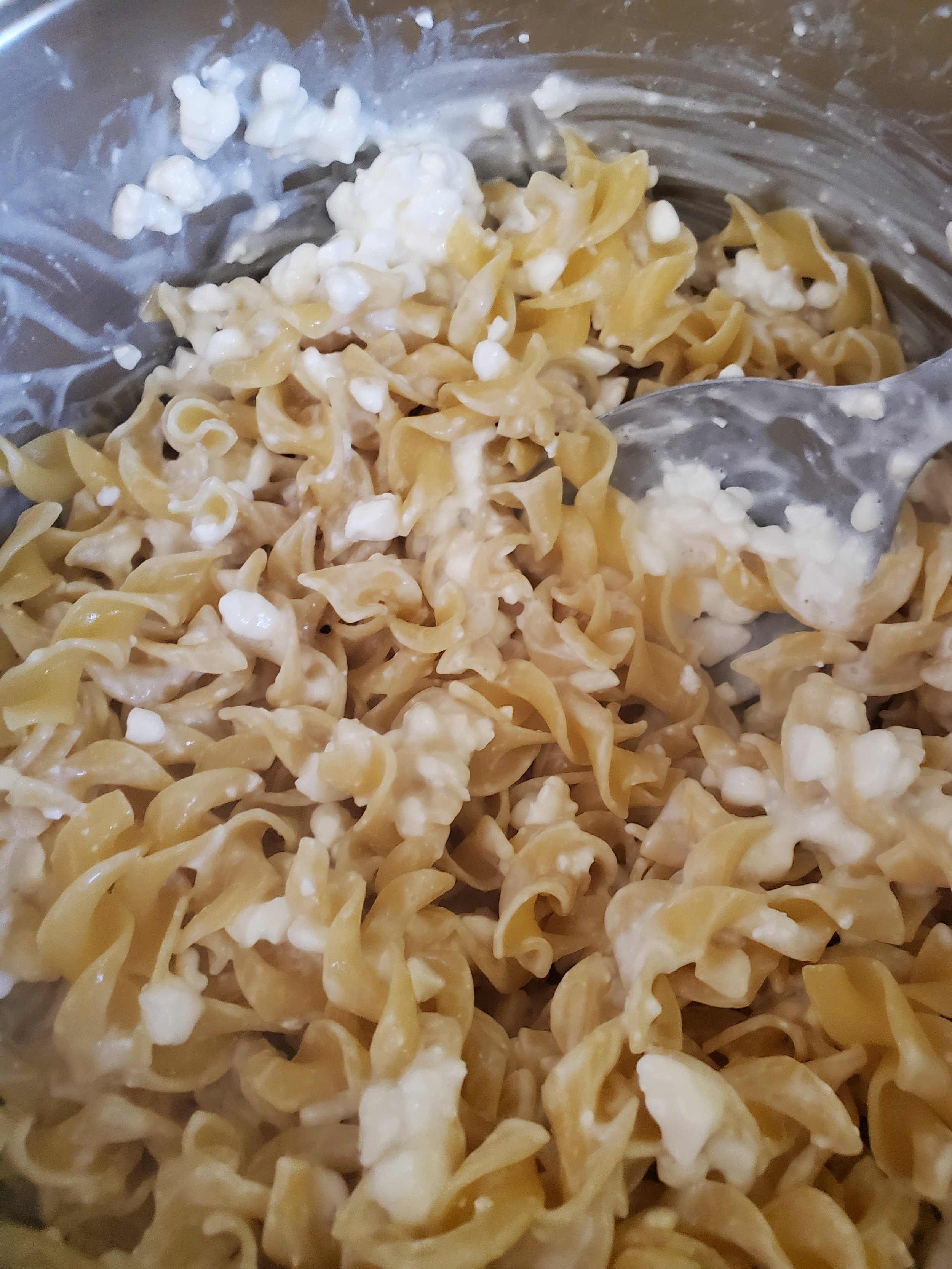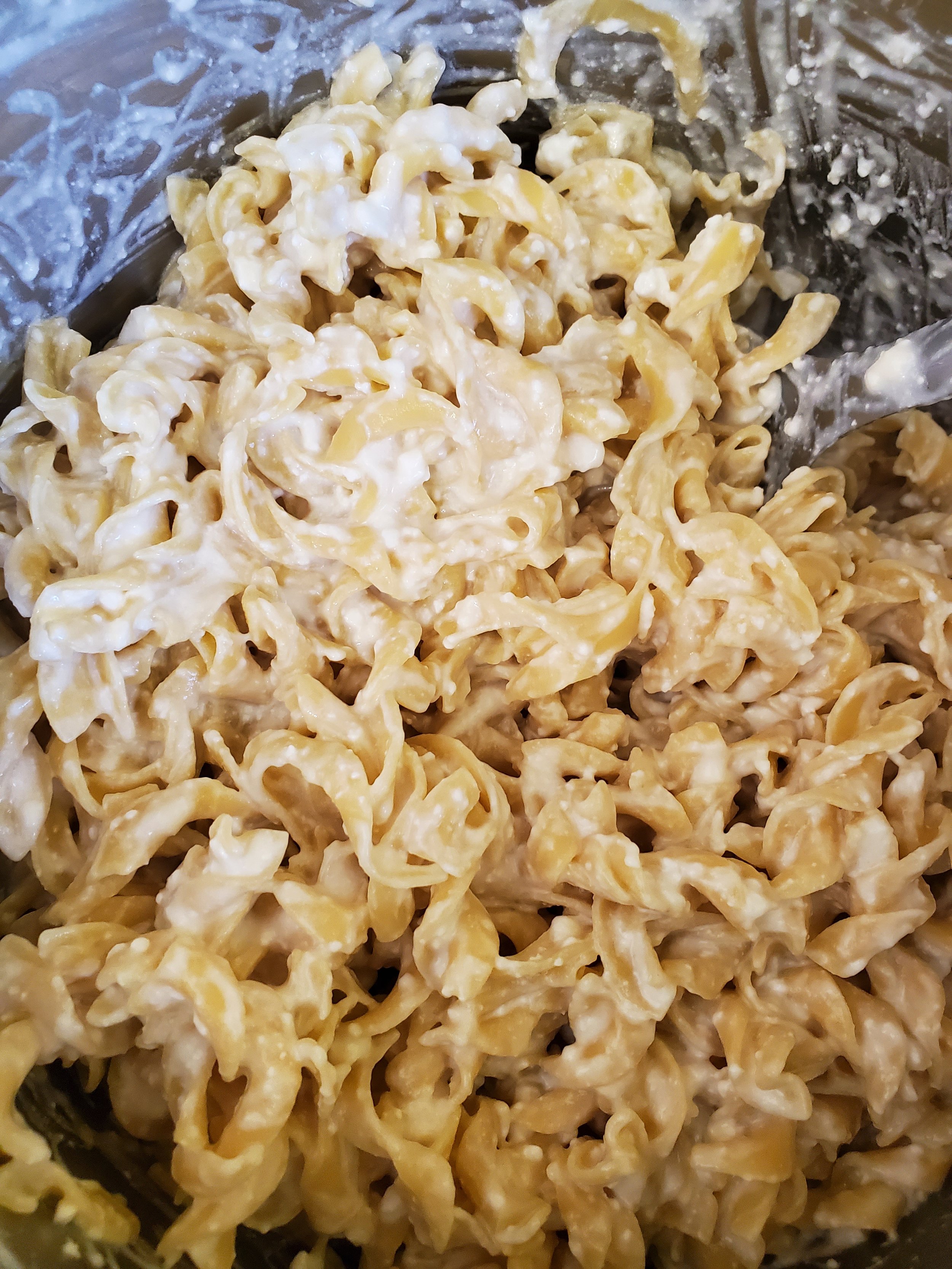Printing Your Meal: A Glimpse into 3D Food Printing Technology
3D printing of food has been a topic of intrigue, a blend of culinary artistry and technological innovation. The concept revolves around transforming foods into paste or puree-like consistencies, which can then be meticulously printed with the same finesse as plastic filament. This remarkable capability opens doors to creating fantastical shapes, photorealistic cake toppers, or anything a chef's imagination can conjure. Yet, as with any groundbreaking technology, there are both awe-inspiring possibilities and potential drawbacks.
This article delves into the world of 3D food printing, exploring its current applications in the industry, fine-dining restaurants, and its potential to find a place in your home.
The Art and Science of 3D Food Printing
3D printing of food is an automated process that extrudes pureed food onto a substrate. Analogous to layering plastics in 3D printing, the food industry is experimenting to achieve similar precision. However, the complexities of 3D food printing are evident. As of right now, examples of successful 3D-printed foods include purees, mousses, and chocolate ganache.
One of the challenges lies in the need to ensure the right texture and viscosity of the materials used in 3D food printing. Achieving the perfect consistency is essential for creating intricate designs and maintaining structural integrity during printing. However that has to be balanced against the food actually tasting appealing.
Pioneers Shaping the Future
Leading the charge in 3D food printing are innovative companies like Redefine Meat, MeaTech, Aleph Farms, SavorEat, BeeHex, byFlow, Natural Machines, Print2Taste, and Remedy Health. These trailblazers are pushing the boundaries of what's possible in culinary creation.
Each of these companies brings a unique perspective to the world of 3D food printing. For example, Redefine Meat specializes in creating plant-based meat alternatives with 3D printing technology, aiming to revolutionize the meat industry. MeaTech focuses on lab-grown meat production, using 3D printing to create meat products that are sustainable and ethical. Aleph Farms is known for producing cultivated beef steaks with a 3D bioprinter, offering a solution to traditional meat production challenges.
A Taste of Innovation: 3D-Printed Dining
For those interested in experiencing the results of 3D food printing firsthand, a culinary adventure awaits. Restaurants like Food Ink, Melisse, La Enoteca, La Boscana, and Sushi Singularity incorporate 3D printing into their menus, offering guests an opportunity to savor this cutting-edge cuisine.
These restaurants have transformed dining into an immersive experience, where diners can witness the art of 3D food printing in action. From intricate appetizers to stunning desserts, these establishments demonstrate the creative possibilities of this technology. The fusion of technology and gastronomy elevates the dining experience to new heights, leaving patrons with unforgettable memories.
Empowering Dietary Needs
Beyond gourmet dining, 3D food printing is making strides in catering to special dietary needs. Companies like Biozoon are experimenting with creating easily chewable shapes from purees, providing nutritious and pain-free meal options for the elderly and individuals with dietary restrictions.
Biozoon's approach offers a promising solution to a common challenge faced by the elderly: difficulty in consuming solid foods. By transforming traditional meals into easily chewable forms without compromising on nutrition, 3D food printing contributes to enhancing the quality of life for vulnerable populations.
Bringing 3D Printing Home
But what about the prospect of 3D printing food in your own kitchen? It's a tantalizing idea with some emerging possibilities. Companies like MyCuisini offer machines designed to 3D print chocolates, though this may not become a daily kitchen staple. In contrast, PancakeBot aimed to bring 3D-printed pancakes into homes, a concept that generated excitement but hasn't yet made it to the market. We hope to see changes regarding that in the future.
As technology advances, we may see more accessible 3D food printers designed for home use. Imagine the convenience of crafting custom chocolate designs for special occasions or surprising loved ones with intricate pancake art at breakfast. These innovations have the potential to transform how we create and enjoy food at home.
Challenges and Possibilities
While 3D printing of food holds promise, it faces challenges, particularly in terms of speed. Printing even a small solid cube can be time-consuming, and for larger creations, patience is a must. Feeding a gathering with 3D-printed meals currently presents logistical challenges, but advancements are on the horizon.
As 3D food printing technology evolves, researchers and engineers are working to enhance printing speed and efficiency. Innovations in printing technology may soon enable the production of complex dishes more quickly, making it a viable option for larger gatherings and events.
A Vision for the Future
Looking ahead, the potential of 3D food printing is intriguing. Imagine scanning a design from a cookbook into your phone and recreating it effortlessly. Or recreating a special wedding cake design for an anniversary. While it's an entertaining technology with potential benefits for the food industry, it may be more of a culinary enhancement than a kitchen necessity.
The future of 3D food printing holds exciting possibilities. As technology continues to advance, we may witness the integration of 3D printing with augmented reality (AR) and artificial intelligence (AI) in the culinary world. This could enable individuals to access a vast library of recipes and designs, transforming their culinary creations into works of art.
Exploring the Boundaries
As we ponder the possibilities of 3D food printing, we encourage you to envision its applications, not just at home but across various industries in the Greater Dallas metro area. Creativity knows no bounds, and collaboration can lead to remarkable innovations.
In the realm of healthcare, 3D food printing holds the potential to revolutionize nutrition for patients with specific dietary requirements. Hospitals and care facilities could use this technology to create customized meals that meet individual nutritional needs, enhancing patient care.
Join the Conversation
Do you have insights into the cutting edge of 3D food printing or questions about the ideas we've presented? Share your thoughts on our Facebook page.
Conclusion
While you might be wondering how an appliance repair company is connected to 3D food printing, rest assured, you're still in the right place. Appliance Rescue Service is the premier appliance repair service in the Dallas metro area, and whether it's your Bosch oven, or Sub-Zero refrigerator, we're here to ensure your home runs smoothly. Reach out to us via our contact page or by giving us a call at ((214) 599-0055), and our expert technicians will schedule a convenient time to diagnose and resolve any appliance issues you may have. At Appliance Rescue Service, our top priority is getting your home running smoothly again.
Additional Reading:
New Appliances To Consider in 2023





